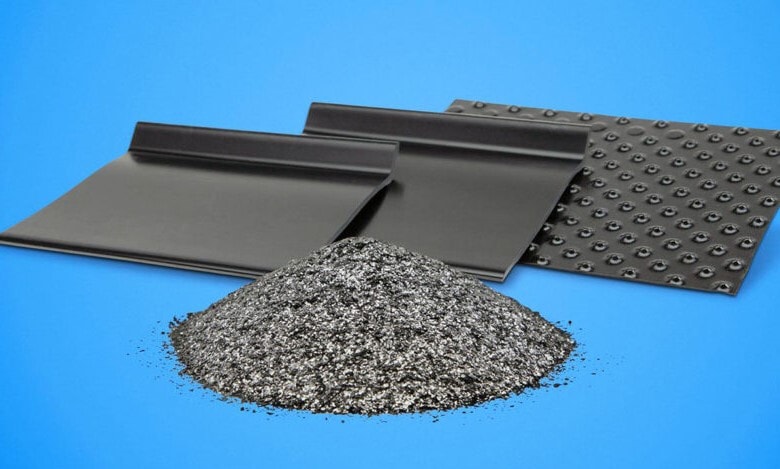The new additive has a particle size of 50 mesh, or 300 microns, as well as a start temperature of 280 ° C (536 ° F), the highest start-set temperature on the market
NeoGraf Solutions LLC launched its new flame retardant additive for thermoplastics. The company added GrafGuard 280-50N to its line of fire retardant, non-halogen, non-flammable and expandable graphite flake additives.
Designed for plastics, roofs and other building materials, the new flame retardant additive for thermoplastics is aimed at the thermoplastics industry. This additive performs optimally in specialty polymers with high processing temperatures, including multi-functional compounds and systems with high melting points for both injection molded and thermoformed applications.
The new additive features a 50 mesh particle size, or 300 microns, as well as a start temperature of 280 ° C (536 ° F), the highest set start temperature on the market, according to NeoGraf Solutions. This material allows customers the freedom to process materials at higher temperatures to take advantage of the intumescence provided by the GrafGuard family of products, forming a large, thick carbon layer that protects the base polymer from the heat of flames. No reaction below 280 ° C (536 ° F), no loss of volatiles or visible swelling.
“The new GrafGuard 280-50N offers customers a much broader range of polymer systems, such as polypropylene, polystyrene, PET, nylon and ABS, than our previous products,” said Jeff Gough, Product Manager.
Many manufacturers currently use a dryer to remove excess moisture or solvent from their systems often finding the drying temperature to be the maximum processing temperature, limiting the GrafGuard graphite grades they can use.
“If they need to dry the material at very high temperatures to remove the solvent or moisture, they can use a higher temperature if they switch to the new GrafGuard 280-50N material,” explained Gough.
Depending on the polymer system, the processing temperatures must be higher than the melting temperature of the polymer, which is why many thermoplastics are processed above 220 ° C (428 ° F), which can be problematic for the material of the company’s former high temperature, GrafGuard. 250-50N.
The new flame retardant additive for thermoplastic is much more latent at these temperatures and above approximately 280 ° C (536 ° F). This allows you to use typical processing parameters and simply add GrafGuard 280-50N as an active fire retardant.

